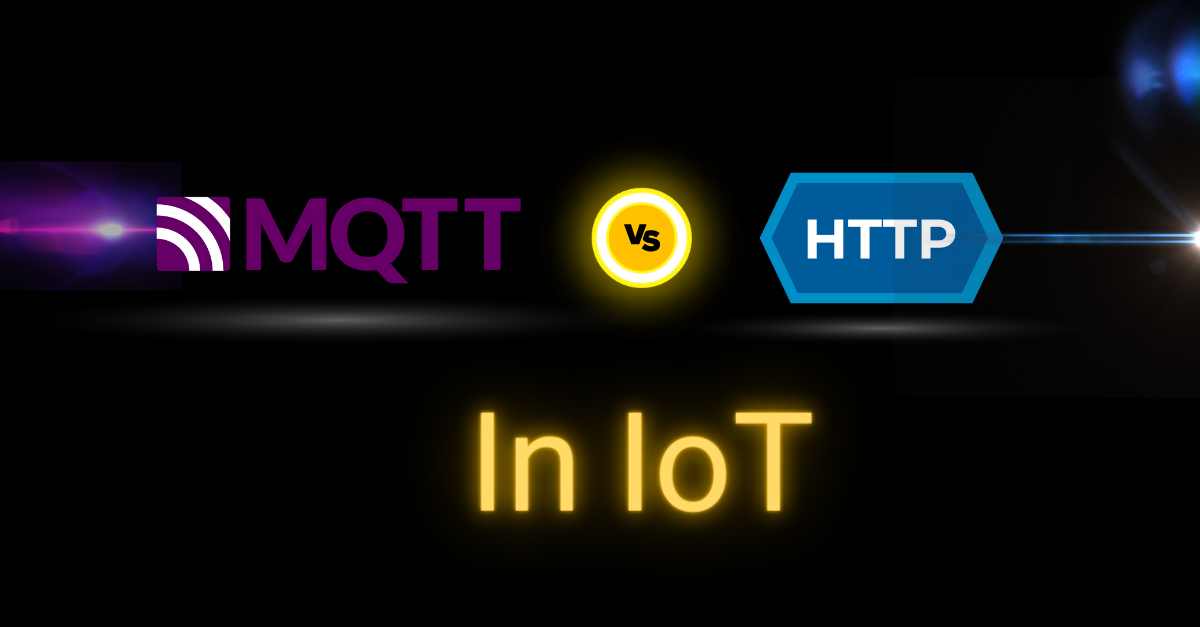Introduction
MQTT is a straightforward published protocol. It permits you to send messages on a topic through a centralized message broker. The MQTT module of API will take care of the published mechanism along with additional features like authentication, retaining messages, and sending duplicate messages to unreachable clients under the Azure IoT hub.
- The IoT is a system of sensors and other devices interacting with industrial and manufacturing methods to enhance business operations under the Azure IoT hub.
- Industries like manufacturing, mining, oil and gas, and agribusiness, to name just a few, deploy massive numbers of sensors.
- These sensors, in turn, send critical telemetry data to analytics engines, where the data is analyzed for trends and anomalies, enabling organizations to understand better and improve their operations under the Azure IoT hub.
Akenza.io
While talking about IoT solutions, akenza.io is the self-service IoT platform, allowing you to build great IoT products and services with value under IoT platforms. It connects, controls, and manages IoT devices in one place.
Akenza.io provides a cloud-based system that connects everyThing to the Cloud.
Features of MQTT
MQTT protocol is essentially a lightweight IoT agreement with various importance:
Lightweight and efficient
MQTT protocol needs a minimal amount of code and absorbs significantly low power. The MQTT agreement is thus energy-efficient and easy to deploy for millions of devices under the Azure IoT hub.
Connecting devices during unreliable networks
MQTT in IoT operates QoS stages to ensure approved delivery of messages to receivers, even when connections between devices are unreliable under the Azure IoT hub.
Enabling communication between the Cloud and devices
MQTT agreement for IoT ensures the speedy connection between cloud servers and IoT devices in remote areas.
Last will feature
If an IoT device disconnects unexpectedly, the MQTT protocol utilizes the last will feature to broadcast a vital message to other IoT appliances in the network under the Azure IoT hub.
Extensive programming support
MQTT has considerable support in programming languages such as Python, making it easy for developers to operate under the Azure IoT hub.
HTTP
The World Wide Web uses it for defining how its messages are going to be transmitted and formatted. This protocol is responsible for a server’s action while sending information over the network. When a URL is entered into the browser, this protocol sends an HTTP request to the server. And then, an HTTP response is sent back to the browser. This protocol also controls web pages on the World Wide Web for their formatting and representation.
Difference:
MQTT is data-centric, whereas HTTP is document-centric. HTTP is a request-response protocol for client-servers; on the other hand, MQTT uses a publish-subscribe mechanism. The published model provides clients with an independent existence from one another and enhances the reliability of the whole system. Even if any client is out of network, the system keeps itself up and running.
Compared to HTTP, MQTT is lightweight and allows composing lengthy headers and messages.
MQTT protocol ensures high delivery guarantees compared to HTTP.
There are three levels of QoS:
- At most once: It guarantees that message is delivered with the best effort.
- At least once: It ensures that message is provided at a minimum of one time.
- It guarantees that message is delivered once and only once. But the news is offered again.
Testament and Retained messages are the options provided by MQTT to users. With last will, in case of unexpected client disconnection, all subscribed clients will get a message from the broker. Newly subscribed clients will get immediate status updates via Retained message.
The HTTP protocol has none of these abilities.
Which is better – MQTT or HTTP?
MQTT was designed for IoT solutions, so it fits many more IoT scenarios than HTTP. The only case where HTTP might be a good choice is to connect devices that already have an HTTP client installed to a provider with an HTTP option. But then only for low volume data transmission and without the option of sending control commands to the device.
Conclusion:
MQTT is of its kind messages queuing protocol, best suited for embedded hardware devices. On the software level, it supports all major operating systems and platforms. It has proven its certainty as an ISO standard in IoT platforms because of its more pragmatic security and message reliability. MQTT protocol is easy to use. It is essential when response time, lower battery, and bandwidth usage are in the first place for future solutions. It’s also perfect in the case of intermittent connectivity.
HTPP is worthy and extendable. But MQTT is more suitable when it is referred to IoT development.



